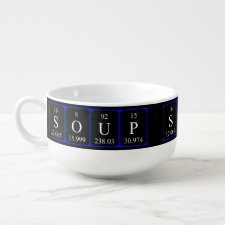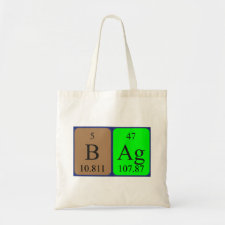
Authors: Munyati MO, Mbozi A, Siamwiza MN, Diale MM
Article Title: Polyaniline nanoparticles for the selective recognition of aldrin: Synthesis, characterization, and adsorption properties.
Publication date: 2017
Journal: Synthetic Metals
Volume: 233
Page numbers: 79-85.
DOI: 10.1016/j.synthmet.2017.09.010
Alternative URL: http://www.sciencedirect.com/science/article/pii/S0379677917302564
Abstract: We report the preparation, characterization, and property evaluation of molecularly imprinted polyaniline nanoparticles that can be used for the selective recognition of aldrin. The molecularly imprinted polyaniline nanoparticles were prepared by inverted emulsion polymerization using aldrin as a template and aniline as a functional monomer. The prepared nanoparticles were characterized using UV-vis spectroscopy, Fourier transform infrared spectroscopy, and nuclear magnetic resonance spectroscopy. The spectral data confirmed that aldrin was successfully incorporated into the polymer matrix. Atomic force microscopy and scanning electron microscopy analyses revealed that the prepared nanoparticles were spherical in nature with sizes ranging from 60 to 100nm for nonimprinted particles and from 500 to 1500nm for imprinted particles. The surface morphology changed from smooth to rough upon the incorporation of aldrin molecules. The electrical properties were evaluated using a four-point probe coupled to a source meter. The nonimprinted nanoparticles showed an electrical conductivity of 4.149 S/cm, which was reduced to 0.546 S/cm in molecularly imprinted polyaniline. The equilibrium dissociation constant and free equilibrium concentration were found to be 0.6 and 0.799 ng/μL, respectively. The adsorption characteristics of aldrin and dichlorodiphenyltrichloroethane (DDT) were investigated to determine the selectivity of the imprinted nanoparticles. The distribution coefficients for DDT and aldrin were 0.76 ng/ng and 1.31 μL/ng, respectively, indicating that the imprinted nanoparticles had a stronger affinity for aldrin than for DDT
Template and target information: aldrin
Author keywords: Molecularly imprinted polymers, polyaniline, nanoparticles, Aldrin, Microemulsion, SEM, AFM, Langmuir model



Join the Society for Molecular Imprinting

New items RSS feed
Sign-up for e-mail updates:
Choose between receiving an occasional newsletter or more frequent e-mail alerts.
Click here to go to the sign-up page.
Is your name elemental or peptidic? Enter your name and find out by clicking either of the buttons below!
Other products you may like:
 MIPdatabase
MIPdatabase









